Few people know what mangold is - whether it's a vegetable or fruit. It's also called chard and spinach beet. This is a vegetable whose only edible parts are the leaves. They look similar to spinach leaves but take longer to prepare.
The leaf stalks are boiled just like asparagus and cauliflowers. Mangold differs from beetroots in that it doesn't form tubers during the 1st year but a leafy rosette instead. Its leaves are coarse, curly and fleshy.
There are 2 types of mangold - leafy (the leaves are up to 8″ (20 cm) long and look like spinach) and leaf stalk mangold (its leaves reach 20″ (50 cm) long and have a fleshy stalk). Mangold cannot withstand low temperatures, it's planted in April, with 16″ (40 cm) between rows.
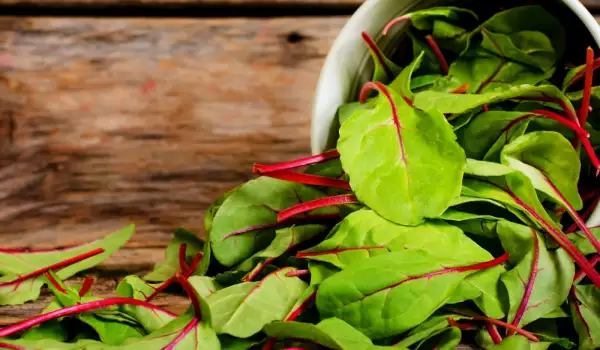
Pruning of the leaves needs to happen after their complete formation. In the fall, before the cold sets in, the plants need to be taken out, all outer leaves need to be cut off and then replanted compactly in sand or soil in a cellar/basement. Stored mangold continues to grow during winter and develops fresh leaves until spring.
The young leaves that develop without any light are even softer and tastier than those that grow out in the sun. It is a very delightful and healthy vegetable to use in soups and salads.
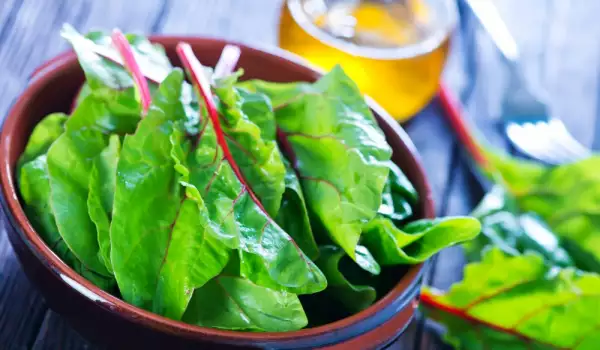

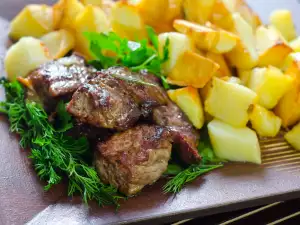
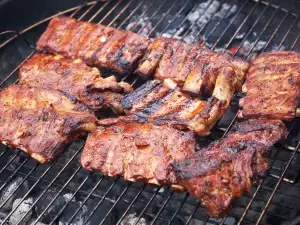

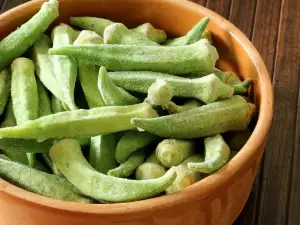

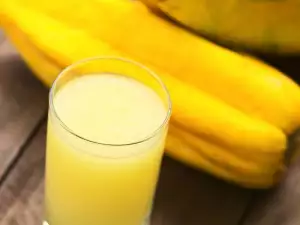
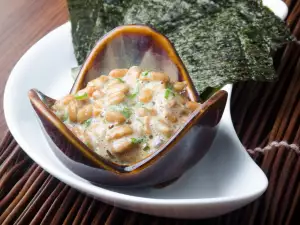

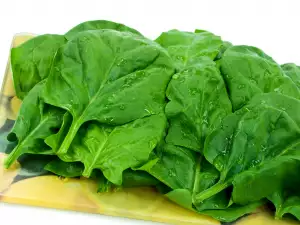
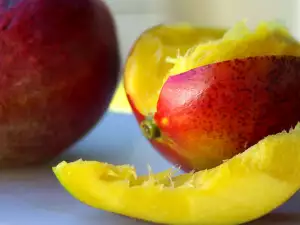
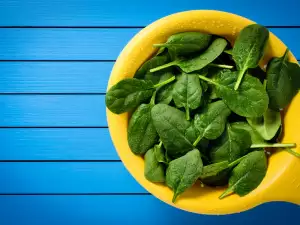
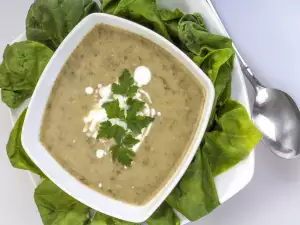
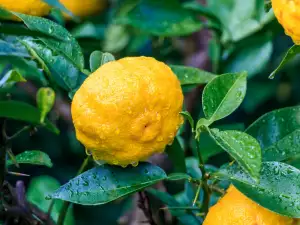




Comments